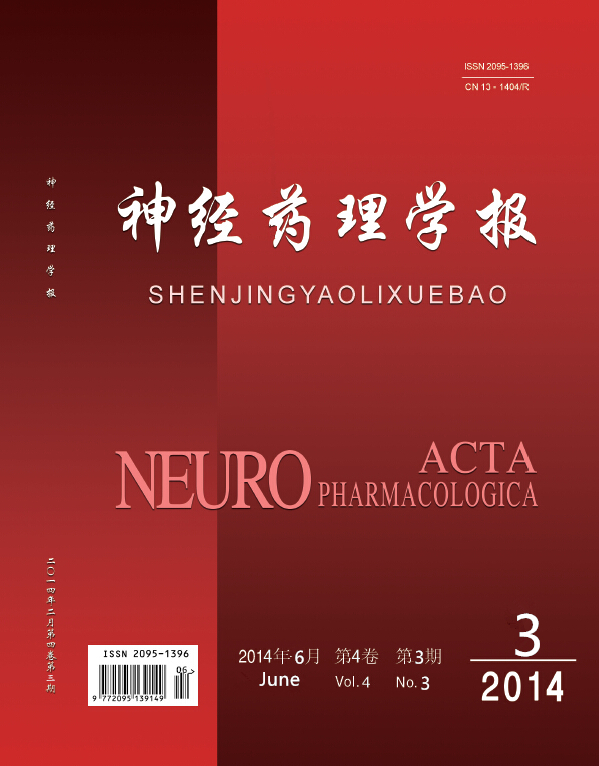|
|
Changes of neurological score, Infarct volume , content of neuron specific enolase in serum at different phases after focal cerebral ischemia in rats
ZHENG Yan-ze, TIAN Cai-yun, ZHANG Hao-nan, HE Jing-bo, WU Hai-jun, QIN Jian-min, XU Ji-hui, YANG Yu-mei
2014, 4 (3):
17-21.
Objective: To examine the changes of the neurological score, the infarct volume , the content of neuron specific enolase (NSE) in serum at different phases in a rat model of the focal cerebral ischemia induced by the suture method. Methods: SD rats were randomly divided into: cerebral ischemia model group and sham operation group; each group of rats was randomly divided into ischemia 1h group, 6h group, 12h group, 24h group, 72h group and 120h group of 6 phase groups. A rat focal cerebral ischemia model using the suture method was established and the changes of the neurological score, the infarct volume , the content of NSE in serum at different time phase after middle cerebral artery embolism (MCAO) of the rat were studied. Results: The sham operation group neural function score was 0, cerebral ischemia model 1h group, neural function score was significantly increased, with 24h group reaching the maxima and continuing to 120h. Sham operation group cerebral infarction index was 0, cerebral ischemia model 6h group, cerebral infarction index was significantly increased, with 24h group reaching the maxima. The 72h group was significantly reduced and 120h group was increased again. The content of NSE in serum in sham operation group was not significantly changed; cerebral ischemia model 1h group, the content of NSE in serum was significantly increased, 12h group reached the highest, 24h group was significantly reduced, and 120h group was significantly increased again. Conclusion: the neurological score, the infarct volume , the content of NSE in serum were significantly increased after cerebral ischemia. with varying phase changes.
References |
Related Articles |
Metrics
|

